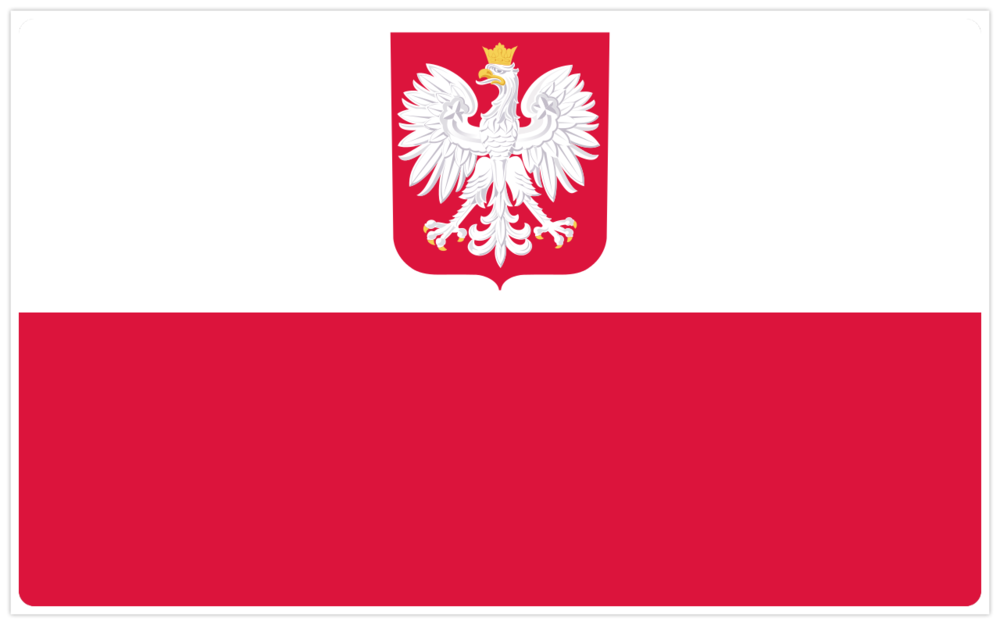Adapting to new country-of-origin labeling (COOL) rules can be challenging for businesses, especially as regulations become stricter worldwide. Understanding and applying best practices helps companies remain compliant, avoid legal penalties, and build consumer trust. This article outlines the key strategies for successfully navigating changes in COOL requirements.
Understanding Regulatory Requirements and Updating Processes
Compliance begins with a thorough understanding of the latest country-of-origin labeling laws relevant to each target market. Regularly monitor official government websites and industry updates to stay informed on regulatory changes or deadlines. Develop relationships with trade associations and legal experts to interpret complex guidelines and ensure 100% compliance. Businesses should also:
- Audit every item in their product line to verify accurate country-of-origin information.
- Update labels, packaging, and documentation swiftly when regulations change.
- Implement traceability systems — such as batch tracking and digital ledgers — to prove the origin of ingredients and materials if inspected.
Training staff is essential. Regular workshops ensure all departments, from procurement to logistics and marketing, understand how COOL affects their roles. Consistent internal communication minimizes the risk of accidental non-compliance and supports a culture of proactive regulatory management.
Optimizing Supply Chain Transparency and Communication
A transparent supply chain is essential for adapting to COOL rule changes rapidly and accurately. Work closely with suppliers to obtain and record detailed origin information for every shipment. Clearly outline COOL requirements in purchase contracts to guarantee cooperation.
- Request and store supplier declarations or certificates of origin with every order.
- Leverage technology, such as blockchain or centralized ERP systems, to automate origin data collection and cross-check for accuracy.
- Communicate proactively with downstream partners and retailers to ensure they also update labels in line with new regulations.
By fostering transparency and prioritizing collaboration across the supply chain, businesses can react quickly to regulatory updates and avoid costly recalls or penalties due to mismarked products.
Successfully adapting to new country-of-origin labeling rules requires staying informed about evolving regulations, revising internal processes, and promoting transparency with suppliers and partners. Adopting these best practices will position your business for regulatory compliance and strengthen consumer trust in increasingly demanding markets.

